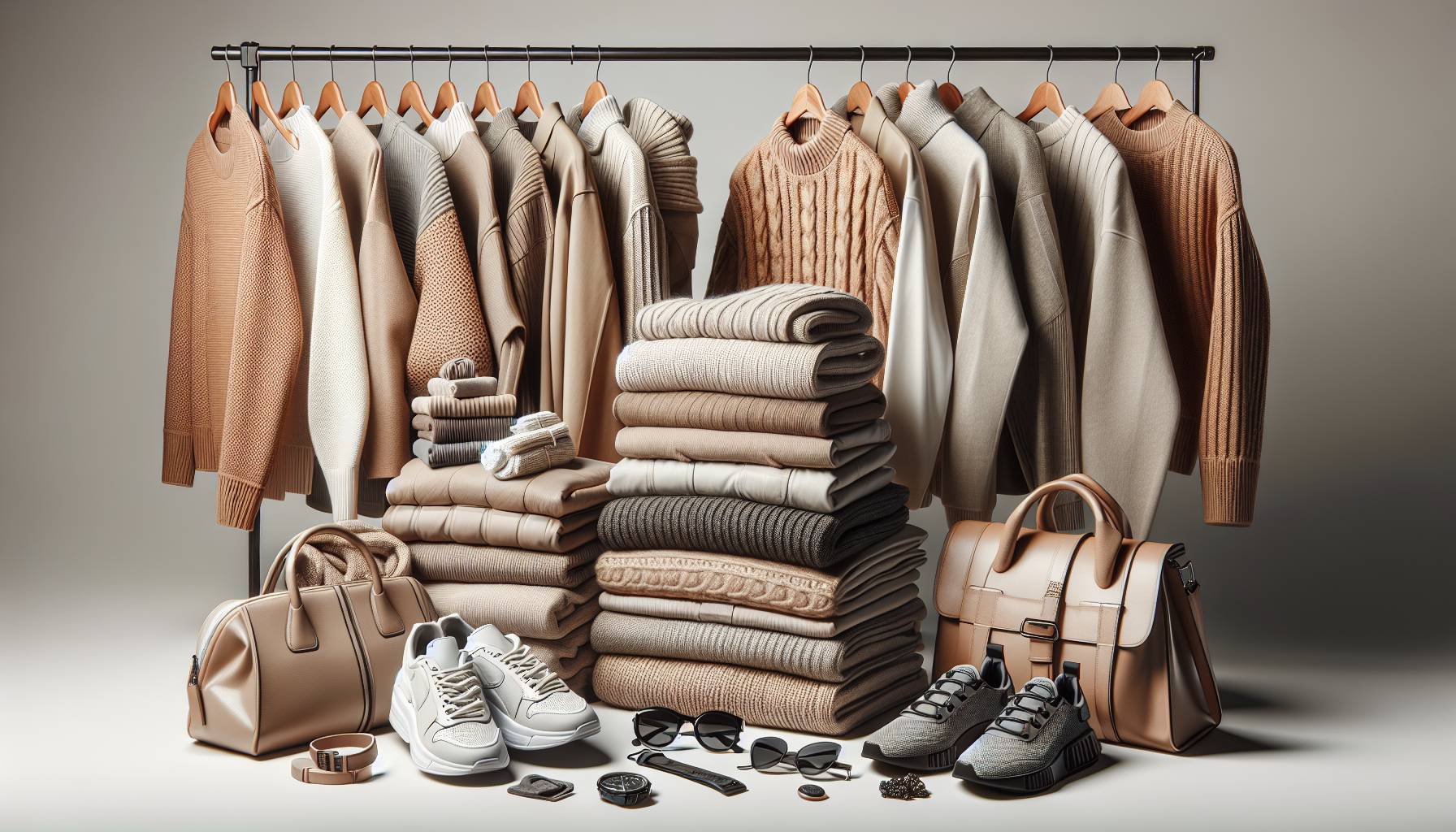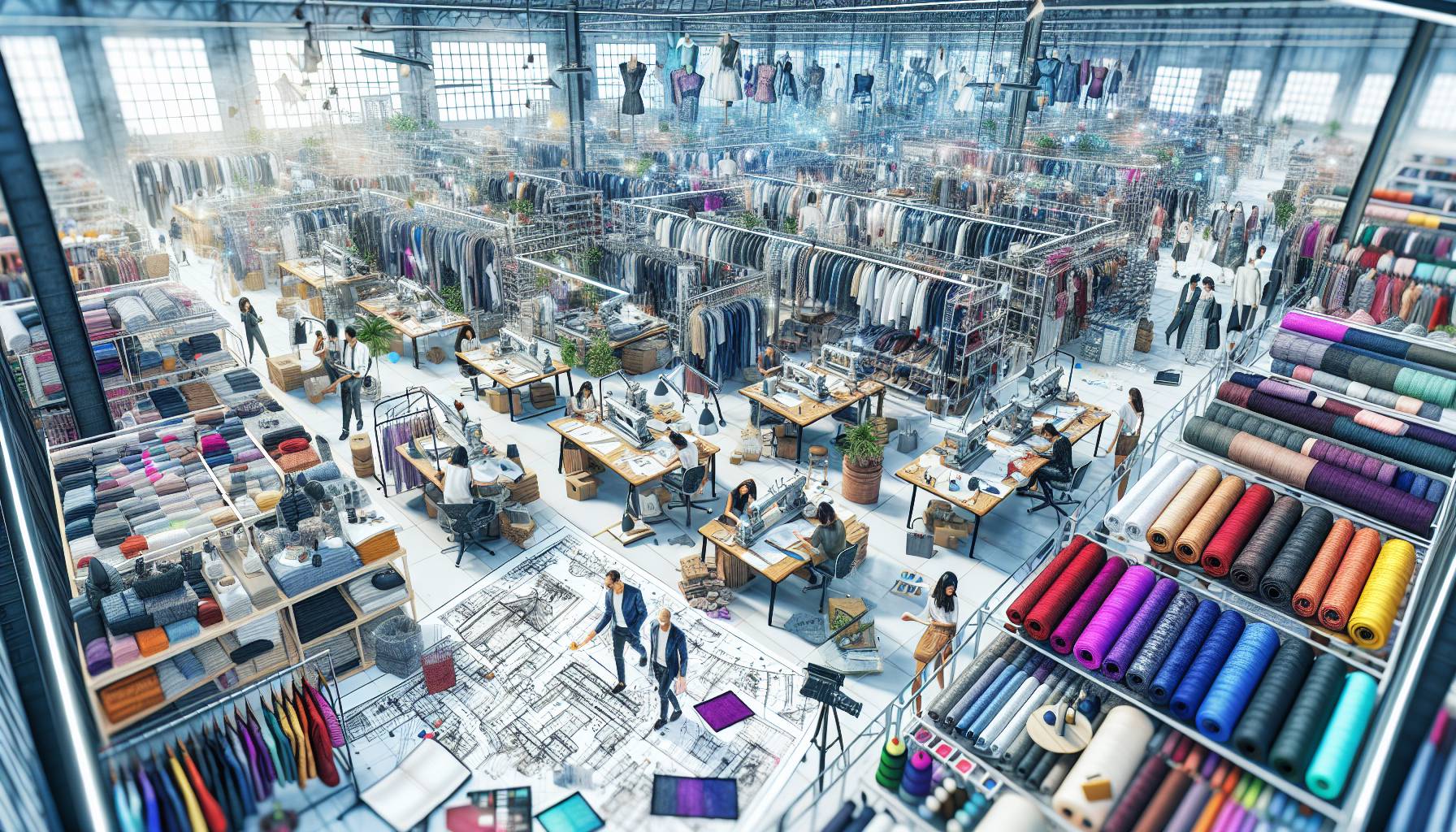Men’s fashion earns high praise
The men in attendance at the event received widespread acclaim for their sartorial choices, with a red carpet expert highlighting their ensembles as a standout element of the evening. From classic tailoring to bold, fashion-forward statements, the male celebrities demonstrated a strong understanding of both style and occasion.
According to the expert, the men “did a great job,” showcasing a mix of traditional elegance and modern flair. Many opted for well-fitted tuxedos in rich fabrics, while others took risks with colour, texture, and accessories, adding a fresh twist to the formalwear norm. Velvet blazers, silk lapels, and unexpected pops of colour were among the standout details that elevated the overall presentation.
Australian attendees in particular were noted for their polished and confident looks, blending international trends with a distinctly local sense of ease and sophistication. The expert praised their ability to balance individuality with respect for the event’s dress code, resulting in a cohesive yet diverse display of men’s fashion.
While the theme of the evening may have posed challenges for some, the men appeared to navigate it with clarity and purpose. Their outfits not only adhered to the formal expectations of the red carpet but also reflected a thoughtful engagement with the event’s intended aesthetic.
Women’s looks miss the mark
In contrast to the men’s cohesive and considered approach, many of the women’s outfits left the red carpet expert perplexed. While undeniably stylish and often visually striking, a significant number of the ensembles seemed disconnected from the event’s overarching theme. The expert noted that several attendees appeared to prioritise glamour over thematic relevance, resulting in looks that, while red carpet-ready, lacked the conceptual depth expected for such a high-profile occasion.
Sequins, sheer fabrics, and dramatic silhouettes dominated the women’s fashion, with many opting for gowns that would not have looked out of place at a film premiere or awards night. However, the expert pointed out that these choices, though beautiful, did little to engage with the specific narrative or inspiration behind the evening’s theme. This disconnect created a sense of inconsistency across the red carpet, making it difficult to discern a unified visual story.
Some Australian celebrities were among those who played it safe, choosing elegant but conventional dresses that leaned more towards timeless glamour than thematic innovation. While these looks were praised for their craftsmanship and fit, they were also seen as missed opportunities to embrace the creative challenge posed by the event’s concept.
The expert acknowledged that interpreting a theme can be subjective and complex, but emphasised that the most memorable red carpet moments often come from those who take risks and fully commit to the brief. In this case, she felt that many of the women’s outfits, though impeccably styled, fell short of that mark.
There were a few exceptions—attendees who managed to blend high fashion with a clear nod to the theme—but they were in the minority. Overall, the women’s fashion, while visually impressive, lacked the cohesion and narrative clarity that the event seemed to call for.
Theme execution falls short
The overarching theme of the evening, while ambitious in concept, appeared to suffer from inconsistent interpretation across the board. According to the red carpet expert, the lack of a clearly communicated or visually unified theme left many attendees—and viewers—uncertain about the intended direction of the event. While some guests made valiant attempts to incorporate thematic elements into their attire, the execution often felt disjointed or superficial.
One of the key issues identified was the ambiguity surrounding the theme itself. Without a strong visual or narrative anchor, guests were left to interpret the brief in vastly different ways, resulting in a red carpet that felt more like a patchwork of individual styles than a cohesive celebration of a central idea. The expert noted that this lack of clarity may have contributed to the safe or off-theme choices made by many attendees, particularly among the women.
In contrast to previous years where themes were more clearly defined and embraced, this event seemed to struggle with establishing a strong creative direction. The expert suggested that a more explicit articulation of the theme—either through pre-event communications or visual cues at the venue—could have helped guide attendees toward more aligned fashion choices.
Australian celebrities, known for their laid-back yet polished approach to fashion, were not immune to the confusion. While some attempted to interpret the theme through subtle details or accessories, others appeared to forgo the concept altogether in favour of classic red carpet glamour. This inconsistency further highlighted the broader issue of theme execution across the event.
Ultimately, the expert emphasised that a successful themed event relies not only on individual creativity but also on a shared understanding of the concept. Without that foundation, even the most stylish ensembles can feel out of place. The evening’s fashion, though filled with standout moments, lacked the thematic cohesion that could have elevated it from a stylish gathering to a truly memorable sartorial showcase.
Men’s fashion earns high praise
The gents truly stepped up this year, delivering a masterclass in modern tailoring and thematic interpretation. From classic silhouettes with a twist to bold, fashion-forward statements, the men on the red carpet proved that menswear is no longer playing it safe.
One standout was a sharply tailored double-breasted suit in deep emerald velvet, paired with a silk shirt and brooch detail that nodded subtly to the evening’s theme. It was a perfect balance of elegance and individuality—something we’re seeing more of in Australian menswear as well.
“They did a great job,” said a red carpet expert, applauding the men for embracing both style and storytelling in their looks.
Another highlight was the use of texture and layering—lace shirts under structured blazers, metallic accents, and even a few daring sheer panels. These choices showed a willingness to experiment, while still maintaining a polished, red carpet-ready finish.
- Tailoring was impeccable across the board, with clean lines and custom fits dominating the scene.
- Accessories were thoughtfully chosen—think brooches, embellished loafers, and statement rings.
- Colour palettes ranged from rich jewel tones to monochrome minimalism, offering a diverse visual feast.
It’s refreshing to see men embracing fashion as a form of expression, not just formality. The red carpet this year was a clear signal that menswear is evolving—and Australia’s own designers and stylists should take note of this global shift.
Women’s looks miss the mark on theme
While the men delivered a cohesive and considered approach, many of the women’s ensembles left fashion insiders scratching their heads. Despite the undeniable glamour and high fashion on display, a number of looks felt disconnected from the event’s intended theme. The red carpet was awash with couture gowns and dramatic silhouettes, but few seemed to engage with the narrative or concept behind the evening.
One red carpet expert described the overall theme as “confusing”, pointing out that while the women looked stunning, their choices often leaned more towards traditional awards-season fare than thematic storytelling. There was a noticeable reliance on safe silhouettes—strapless ballgowns, mermaid cuts, and sheer overlays—that, while beautiful, lacked the conceptual edge expected at such a high-profile event.
“It felt like many of the women dressed for a different event altogether,” the expert noted. “There was a disconnect between the fashion and the theme, which made the red carpet feel less cohesive.”
Some attendees did attempt to interpret the theme, but the execution often fell short. A few looks incorporated symbolic elements—feathers, metallics, or historical references—but these were either too subtle or too literal, missing the mark on innovation. In contrast to the men’s willingness to experiment with structure and detail, many of the women’s outfits played it safe, prioritising glamour over concept.
- Several gowns featured intricate embellishments and luxe fabrics, but lacked a clear thematic link.
- Accessories were often minimal or mismatched, failing to elevate or clarify the intended message.
- Hair and makeup choices skewed classic, with few daring or avant-garde interpretations to match the event’s creative potential.
For Australian designers and stylists, this serves as a reminder of the importance of narrative in red carpet dressing. It’s not just about looking beautiful—it’s about telling a story through fashion. And while the craftsmanship was certainly there, the storytelling was, at times, lost in translation.

